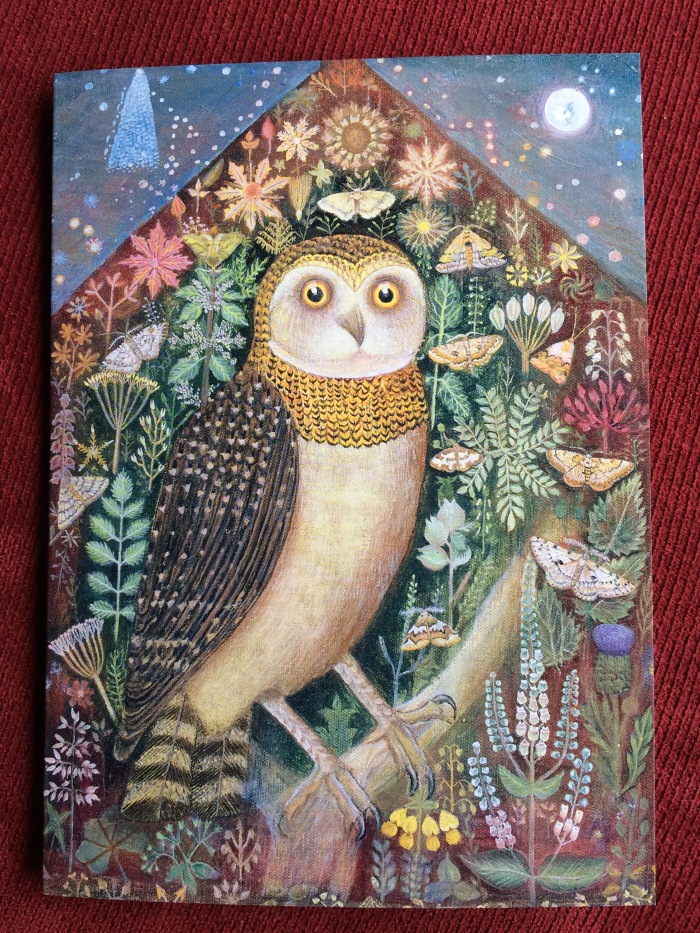
I have been in the final month of pregnancy with a child twice. I can assure you that time is unusual during that last month. The birthing never comes. Minute after minute, hour after hour, day after day, it does not come. It is an impossible time, a time out of time.
This is the future. It never comes. It beckons, sometimes with foreboding, sometimes with promise. But it never comes.
Of course the baby comes, eventually, just as we die, eventually. But the birth, the baby, the end of the waiting is never what we expected. It is a new thing, a closing that is also an opening. We hoped perhaps for a happy ending, some kind of reward, or relief, and it is never that. Even when the outcome is happy, it is always much bigger and more compelling and terrible than we could have expected.
The last period of any gestation—whether it be a pregnancy, the final stages of a work of art, or the outcome of a crucial election—is a time during which we have to sit with profound and sometimes excruciating unknowing.
This is Advent for me. The word “advent” means “the arrival of a notable person, thing, or event.” We live in many kinds of advents. And during the infinity before the actual arrival, we often comfort ourselves by rushing in our minds towards a happy ending, to what poet Wislawa Szymborska calls “the indispensable silver lining,”
the lovers reunited, the families reconciled,
the doubts dispelled, fidelity rewarded,
fortunes regained, treasures uncovered,
stiff-necked neighbors mending their ways,
good names restored, greed daunted,
old maids married off to worthy parsons,
troublemakers banished to other hemispheres…
We Christians so often rush ahead to the happy ending, the silver lining, to Christmas and the manger, to Easter and the empty tomb. The unknowing time before the arrival, like Advent and Lent, is fraught and troubled, and we hate to linger there.
I realized this Advent that I had never seen, nor questioned the fact that I had never seen, a picture of a pregnant Mary. I went looking for one. I Googled “pregnant Madonna,” and of course, got endless pictures of the singer Madonna pregnant. Which I loved, but not what I was searching for. “Pregnant Virgin” got a few interesting results, including the apparently Russian icon at the beginning of this essay that I cannot identify.
I find this icon very uncomfortable to contemplate, in spite of its beauty. It reminds me of the acute discomfort and terror of my own last months of pregnancy. Mary (Miriam) was very young, unmarried, and pregnant because an angel whispered into her ear. Either she was hiding or suppressing something quite traumatic, or there really was an angel, and how unsettling would that be? How could she have been sure that she was not incubating a monster? We like to rush ahead to the outcome: the Savior, the Magi with opulent gifts, Christmas carols and cookies with sprinkles.
But Mary was a human woman. She undoubtedly had to pee all the time, and she lived in a time when many women died in childbirth, and she had some pretty strange things to explain. Plus, she had to ride on that donkey far away from the comforts of home.
This Advent, I want to climb onto the back of that donkey with the very pregnant Mary, the uncomfortable spark of the unknowable Mystery in my belly. I want to resist the consolation of happy endings, and open to the uncertainty and ambiguity of the ever-receding future.

“Owl In The Starry Night” by Sophie Grandvall, Oil on Canvas, 2007
Pingback: To Those Who Wait | Erica Goss